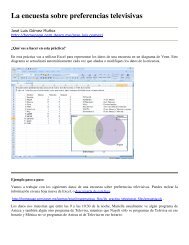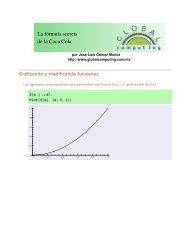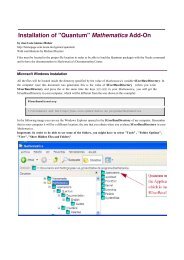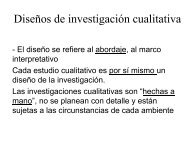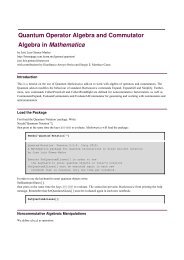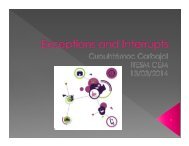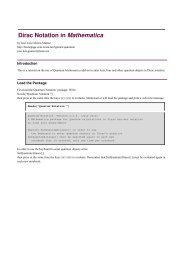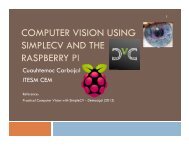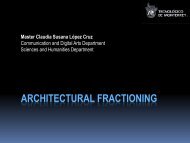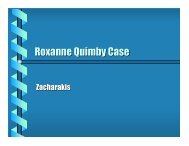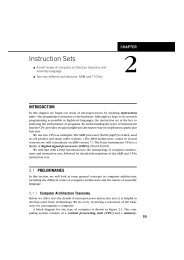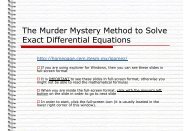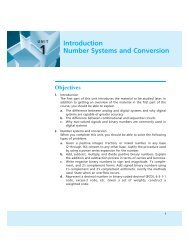Acharya: An Intelligent Tutoring Environment for ... - C-DAC Mumbai
Acharya: An Intelligent Tutoring Environment for ... - C-DAC Mumbai
Acharya: An Intelligent Tutoring Environment for ... - C-DAC Mumbai
Create successful ePaper yourself
Turn your PDF publications into a flip-book with our unique Google optimized e-Paper software.
When a student chooses a concept, he is shown some reading material explaining theconcept with one or two examples. Then he can opt to try out exercises, which take him tothe problem-solving environment. The environment lists a problem <strong>for</strong> which an SQLquery has to be <strong>for</strong>mulated. The environment is discussed in detail in section 4. Thestudent can enter the query in response. The query is evaluated conceptually bycomparing with the answer provided by the teacher and appropriate feedback isgenerated. There are often many ways to write a valid/correct query <strong>for</strong> a problem.There<strong>for</strong>e a plain comparison is not adequate <strong>for</strong> this analysis. This problem and ourapproach to address this problem are discussed later. Note that merely running the queryin a database is not adequate, as it generates no qualitative feedback to the student. If onegot a wrong answer, he has no idea about what went wrong and how to correct the query.It is also possible that the query is logically wrong, but produced correct answer because oflimitation on the database contents. There<strong>for</strong>e a systematic analysis of the query isrequired to generate meaningful feedback.3.1 Content Structuring and DependenciesThe course material in <strong>Acharya</strong> is provided on the web in hypertext <strong>for</strong>m. The material isdivided into knowledge units (concept), hierarchically structured at different levels. Eachof these units can be presented to the student as a web page, which shows the content ofthis unit and links from this unit to related elements of the course. Links to other unitsare presented in topologically sorted order based on concept dependency. The most basicconcept to be learned is shown first. Once a student has achieved the teaching goals of aknowledge unit, the pedagogical module activates the other knowledge units whoseprerequisites are now satisfied.<strong>Acharya</strong> uses different shaped images to represent whether the concept contains furtherconcepts or it is an atomic concept, and different colour <strong>for</strong> images to represent the state ofeach link (ready to be learned, already learned, recommended by the system). The colourof the image presented to the student is determined dynamically based on the individualstudent model.3.2 <strong>An</strong>alysing User SolutionITS must be able to evaluate student answers to identify the exact source of error.Sensible feedback of erroneous solution can be given only after the exact source of theerror has been localized. <strong>Acharya</strong> does that by comparing student solution to a presetexpert solution. Query comparison of expert solution with student's solution is doneindividually and separately <strong>for</strong> each of the six clauses of the SQL query (select, from,where, group by, having, and order by). This comparison is nontrivial sometimes as thereare a large variety of correct solutions possible. Given below is a simple example toillustrate different and equivalent ways of writing a query.ExampleFind the names of all employees whose salary is between 20000 and 30000



